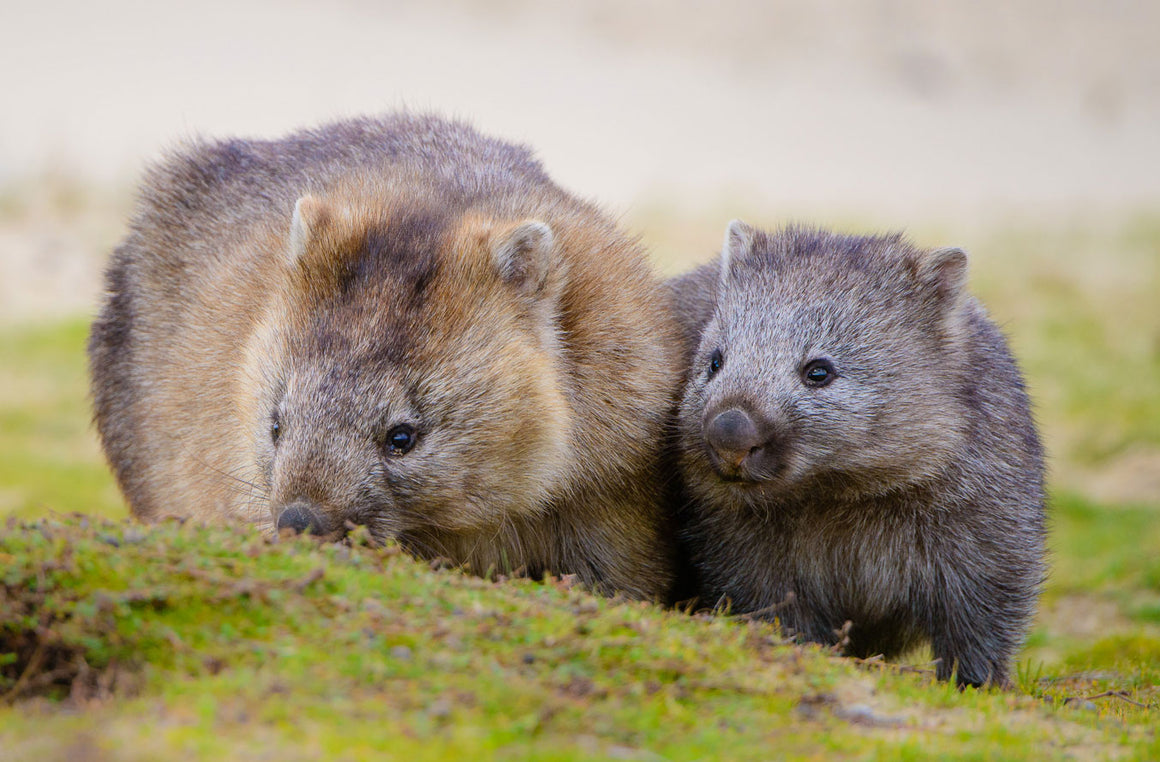Graham Robertson - Squall Light
$300.00
Squall Light
Graham Robertson
After three consecutive summers attempting to hitch rides to and from South Georgia on Antarctic tour ships, I finally made it during the height of the courtship season for the Wandering Albatross. South Georgia’s wanderer population has been decreasing for more than 50 years with mortality in tuna longline fisheries considered the main driver of their decline. Mindful that strong photographs can add sustenance to conservation efforts, I aimed to photograph the birds shortly after their arrival from their winter sabbaticals at sea, when their breeding hormones would be racing, and courtship moves most spectacular. To capture the shot I had in mind I camped for three weeks at Albatross Island, a stronghold for the species, in the northern part of the South Georgia archipelago.
On the last day of my stay a grassy knoll near camp suddenly became bathed in light following a rain squall. Out of the blue two Wandering Albatrosses landed and started dancing. Wanderers (and southern Royal Albatrosses) hold the record for the largest wingspan of any bird and their courtship ritual is the most dynamic of all the albatrosses – lots of high tempo dancing with outstretched wings, bill clapping, sky calling and prancing about in the tussock. The light from the passing squall highlighted the birds nicely. This was as good as it would get.
I raced up the knoll while loading film in my camera as I ran to save time, without looking where my feet were landing. I leant back to avoid doing a face plant in the tussock. I guessed the focus and exposure, again to save time. The birds did not see me coming. The male continued his up-tempo courtship while the female slumped in the tussock looking like she’d had enough. A few shots in a few seconds and that was it. It was those few seconds that made the trip worthwhile. Photo taken on Albatross Island, South Georgia.
The Wildlife of South Georgia Island
Graham Robertson is internationally acclaimed research scientist and an accomplished wildlife photographer. He has visited South Georgia Island on a number of occasions throughout his career. Graham’s great passion is the Albatross, and his images of these and other extraordinary creatures of South Georgia Island reflect his life long efforts to conserve these wonders of nature.
Graham spent the first 14 years of his career with the NSW National Parks and Wildlife Service working as a plant ecologist in western NSW. A bushwalking trip to Tasmania in the early 1980s resulted by chance in a trip to Albatross Island (Bass Strait), which proved to be a career changing experience. Research trips to Macquarie Island and other seabird breeding sites around the world followed to acquire experience, which in 1988 led to his appointment by the Australian Antarctic Division as overwintering biologist to Mawson station to study emperor penguins.
By the time of his return from Antarctica the impact of longline fisheries on global albatross populations had gained international attention. That provided an opportunity for Graham to work at the interface between primary industry (fisheries) and conservation biology, in an attempt to modify the entrenched behaviours and practices of longline fishing industries to reduce their impacts on seabirds. From 1995 until his retirement from the Antarctic Division in 2014 his research included studies of albatross-fisheries interactions and, especially, the development of seabird-friendly fishing gears and practices for various longline fisheries around the world.
In 2004 he was awarded a Fellowship in Marine Conservation by the Pew Charitable Trusts (USA) for research on the Spanish system of longline fishing for Patagonian toothfish. He is the recipient of two Australian Antarctic medals, the first (in 1989) for overwintering studies of emperor penguins and the second (2012) for contributions to seabird conservation in fisheries.
The photographs in this exhibition were taken on two trips to South Georgia, the first a research trip and the second a private trip made specifically to capture the courtship dance of the wandering albatross, one of the most iconic seabirds in the world. The intention was to use the photographs of wanderers in full display to attract the attention of the general public to the threats posed by industrial fisheries to seabird conservation in general. This exhibition will be the first time that Graham has displayed these images in a public exhibition.
Please note; Prints are made to order. Please allow 10-15 business days for your delivery.


